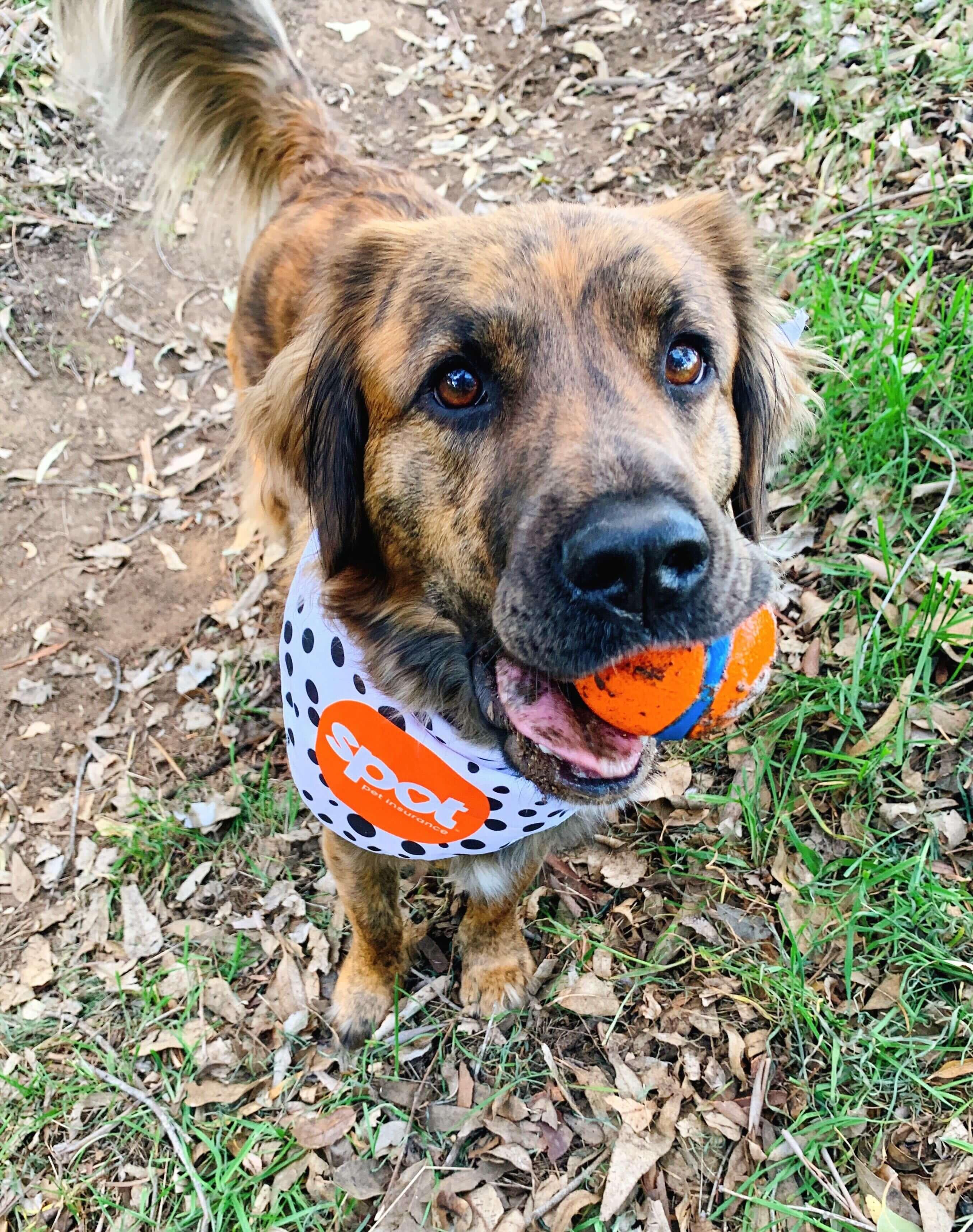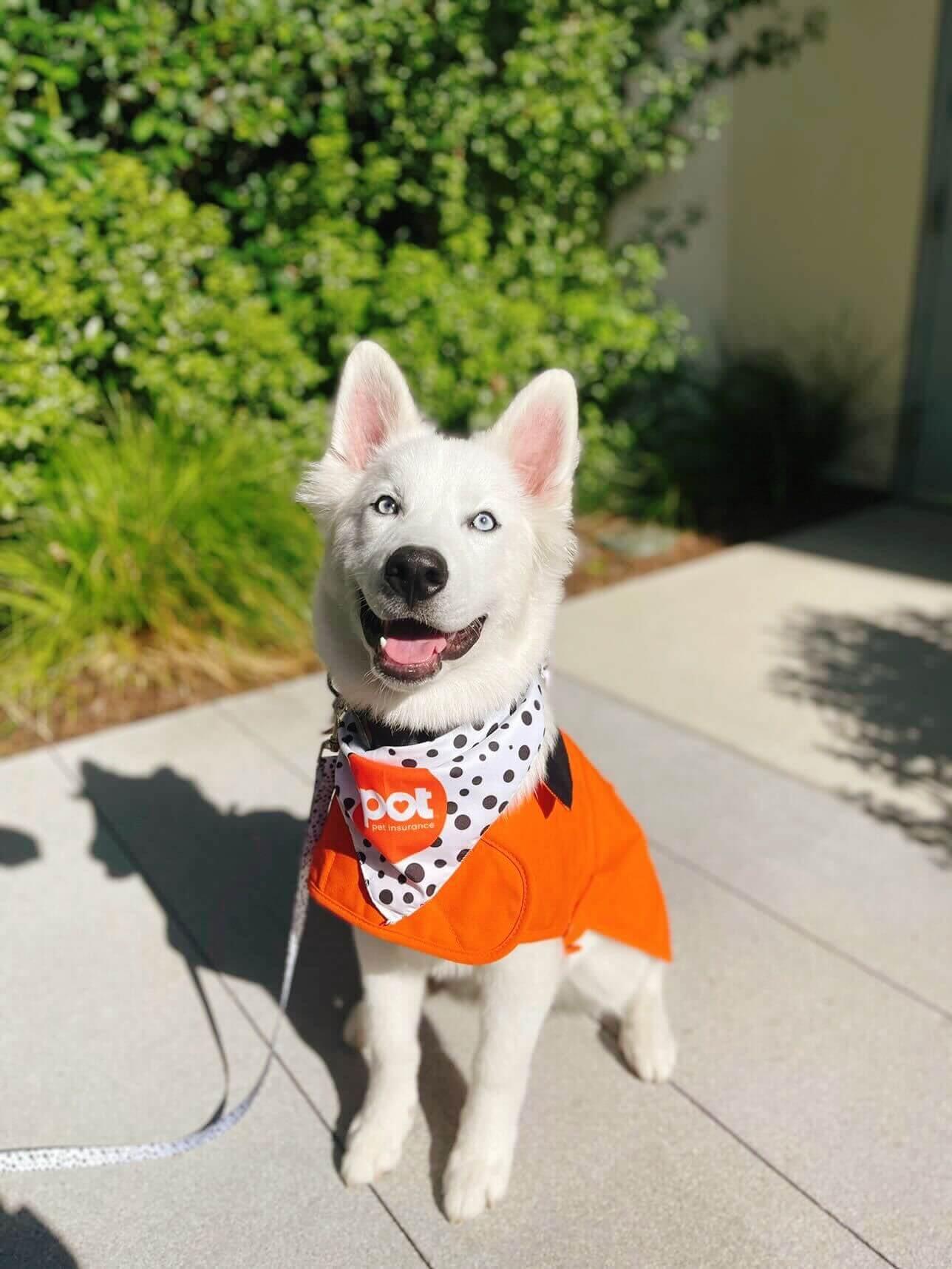Constipation in dogs is more common than many pet parents realize. Just like people, dogs can sometimes have trouble passing stool, and while it’s often a simple issue that can be relieved with small changes at home, it’s important to know the difference between mild constipation and signs of something more serious. Understanding the symptoms, causes, and safe remedies can help your pup get back to feeling their best—while also giving you peace of mind about when it’s time to call your veterinarian.
Dog Constipation Symptoms
Constipation can show up in different ways, and keeping an eye on your dog’s bathroom habits is key.
Signs to look for: straining while trying to poop, passing hard or dry stools, or going less often than usual.
Mild symptoms: occasional difficulty pooping or producing small, firm stools.
Severe symptoms: vomiting, bloating, loss of appetite, or unusual lethargy. These can point to a more serious blockage or underlying health problem.
Because every dog’s routine is different, tracking their normal bathroom schedule helps you spot changes early.
What Causes Dog Constipation
Several everyday factors can contribute to constipation in dogs:
Dehydration: Not drinking enough water makes stools harder and more difficult to pass.
Low-fiber diet: Fiber helps keep the digestive system moving.
Swallowing non-food items: Toys, bones, or hair can slow things down or even cause blockages.
Lack of exercise: Movement stimulates digestion.
Sometimes, constipation is linked to health issues that need veterinary attention, such as:
Hypothyroidism (slowed metabolism)
Enlarged prostate in male dogs
Orthopedic pain that makes squatting uncomfortable
Pinpointing the cause is the first step toward lasting relief.
What to Give a Constipated Dog (Safe Home Remedies)
For mild cases, a few at-home adjustments can help get things moving again:
Hydration boost: Always keep fresh water available. Adding low-sodium broth to meals can encourage drinking.
Pumpkin: Plain canned pumpkin (not pie filling) is a natural source of fiber that many dogs enjoy.
Dietary fiber: Some dogs benefit from safe fiber supplements or a sprinkle of bran, but always check with your vet first.
Wet dog food: Switching temporarily to canned food adds moisture to the diet.
Exercise: Daily walks or playtime help stimulate bowel movements.
When to See a Veterinarian
While mild constipation can often be managed at home, there are times when professional help is essential:
If your dog hasn’t had a bowel movement in 48–72 hours
If severe signs appear: vomiting, blood in the stool, extreme straining, visible pain, or bloating
If constipation keeps coming back despite at-home care
Never give your dog human laxatives or enemas without veterinary guidance—they can be harmful or even dangerous.
Key Takeaway
Constipation in dogs is usually manageable and often short-lived, but it’s important to pay attention to your pup’s symptoms and habits. With the right mix of hydration, diet, and exercise, many dogs feel better quickly. Still, knowing when to seek veterinary care ensures that any serious issues are caught early, helping your dog stay comfortable and healthy.
FAQs
How do I relieve my dog’s constipation? Start with simple steps: encourage drinking water, add canned pumpkin, offer canned food, and take your dog for a walk. If these don’t help in 24–48 hours, contact your vet.
What is a natural laxative for dogs? Plain canned pumpkin is the most popular natural option. Other gentle aids include a little extra dietary fiber or olive oil (in very small amounts, and only if approved by your vet).
How do I tell if my dog is constipated or has a blockage? Constipation usually looks like straining with small, hard stools. A blockage may include severe pain, repeated vomiting, bloating, no stool at all, and loss of appetite. A vet exam is the only way to confirm.
What human medicine can I give my dog for constipation? You should not give human medications unless prescribed by your vet. Many are toxic to dogs. Always consult a veterinarian before using any medicine.
Key Takeaway Section
Constipation in dogs is common, and in many cases, a little pumpkin, extra water, and exercise can solve the problem. But if your dog hasn’t gone to the bathroom in a couple of days or is showing serious symptoms, don’t wait—get veterinary help right away. The safest rule for pet parents: try gentle home remedies first, but know when it’s time to call the vet.
More About Spot Pet Insurance
Spot accident and illness plans can be used with any licensed vet in Canada or the U.S. Whether you are home or traveling to the U.S., Spot can reimburse the cost of vet bills for the diagnosis, treatment, or management of covered conditions. Spot’s accident and illness plans can help cover a variety of conditions, including broken bones, lacerations, aggression, kidney disease, diabetes, and more. Pet parents can also get cash back on the cost of routine care, including wellness exams, certain vaccinations, dental cleanings, and more, by adding a wellness rider to their plan for an additional cost.
To learn more about Spot Plans or to get a free quote, click here.

Jesus Vasquez is a front‑end engineer at Spot Pet Insurance who powers the blog with his technical skill. Devoted pet lover he co‑parents a clever Jack Russell Terrier escape artist and an affectionate but jealous Irish Terrier mix—both rescued pals.











